→ What is packaging design?
Packaging design is the process of designing product packaging to securely contain, identify and deliver a product.
Whether it’s food boxes from McDonald’s, Apple’s iPhone Packaging, the box that your new fridge comes in, or even tea bags, just about every product in a store has packaging.
Most of it is good, some of it bad.
Graphic designers, packaging engineers or just about anyone can design packaging regardless of their skills or expertise.
→ Innovative packaging supplies
Innovative packaging is coming along in leaps and bounds.
1) Minimalistic design
Minimalism is a design trend that favors bare forms, where nothing can be further removed without the expense of functionality, originating in Scandinavia and Japan.

2) Design inspired by vintage aesthetics
Everything old is new again – or so the saying goes.
The term vintage is always hard to define.

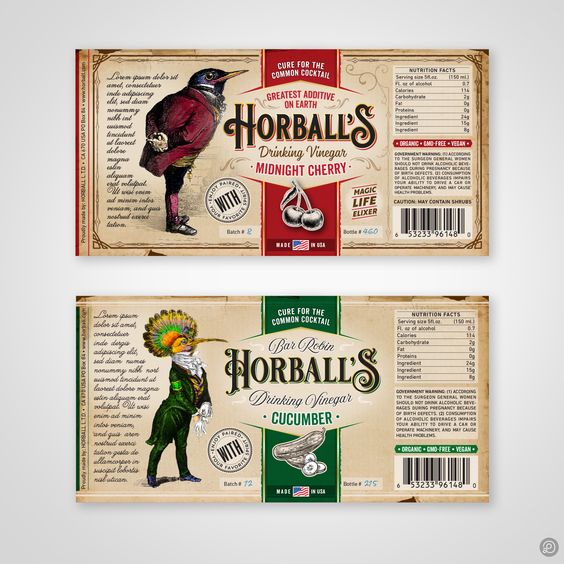

3) Pattern-based packaging
The human brain is hard-wired to notice repetitive patterns.
Pattern recognition can make our brains feel attached to something without a specific reason – so it’s pretty simple to see why using it on packaging can be effective.
Patterns can be used to create the feeling of a specific texture such as wood or fur.



Disjointed shapes laced with colour or patterns that perfectly tessellate are just a few ways that complex and intricate shapes can be used on packaging.
For the sake of packaging, it’s about channelling design elements that were common in the late 19th to early 20th centuries, around the time of the industrial revolution.
4) Culturally inspired design
Using shapes, patterns and imagery that is tied to a regional culture or people group is a great way to appeal to that niche, while remaining culturally sensitive yet aware.
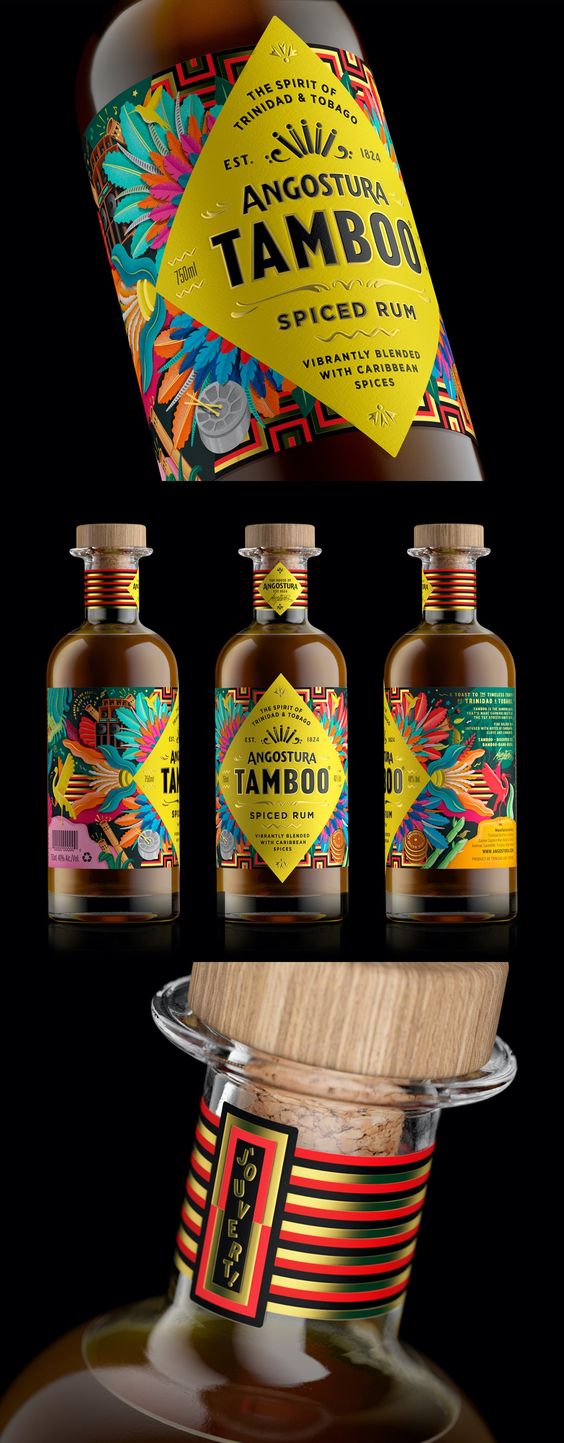
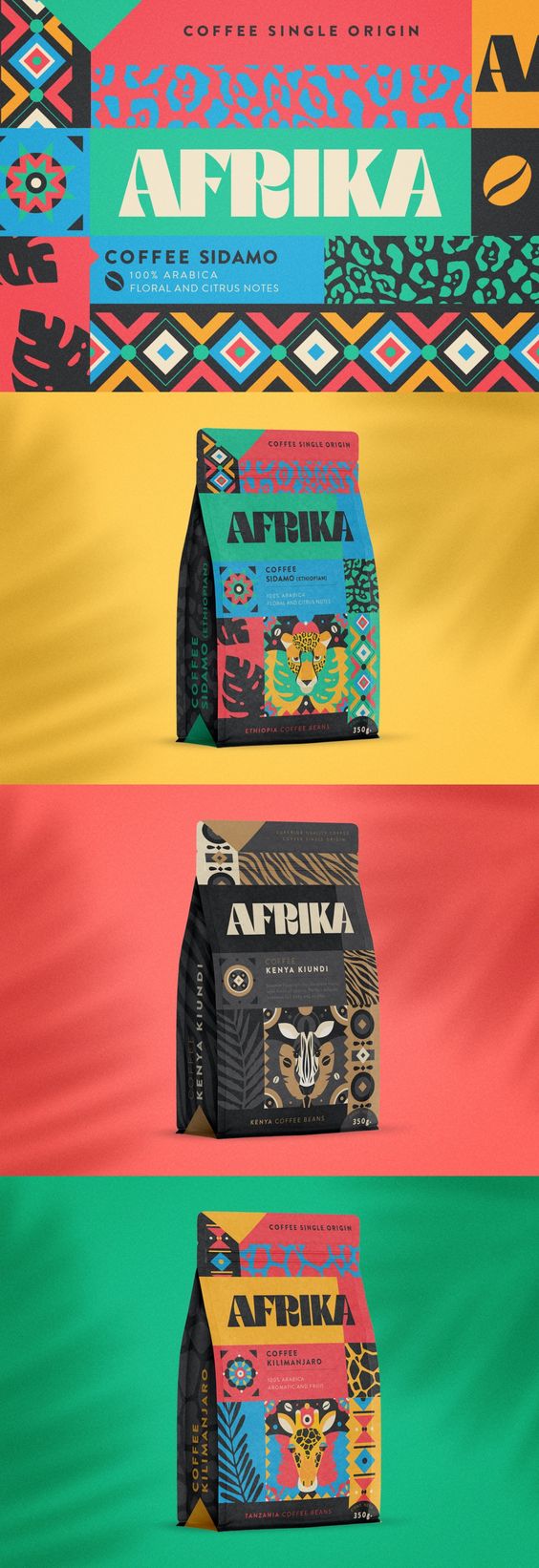
5) Contemporary design and packaging
Contemporary is a tricky term to define, but in its most simple form, it’s a trend or fashion that’s happening here and now.
One contemporary packaging trend that’s becoming more common is an image or shape that’s spread over multiple surfaces.

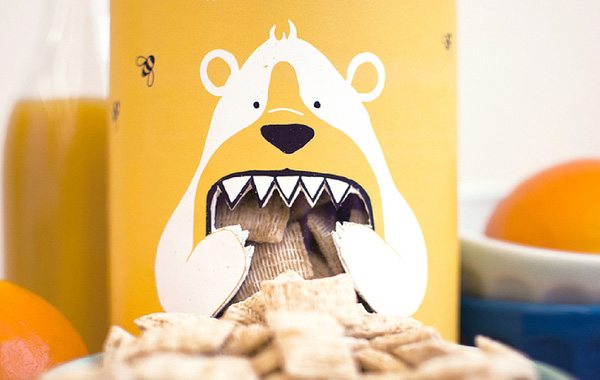
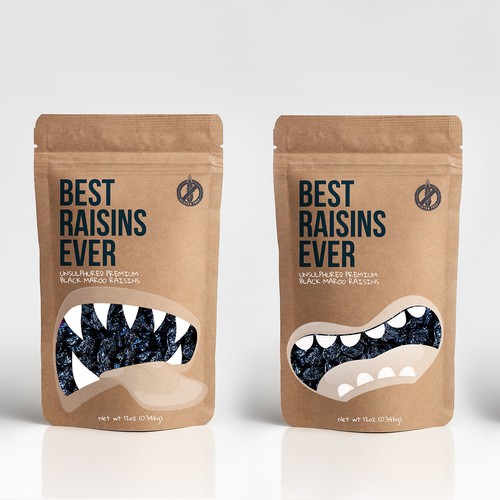
One surface is complex and detailed, while the others have a lot less to look at. On the busy surface, contrasting colours are used to label the product and convey information.
6) Product shapes
Just as important to the graphic design of your product box is its physical shape.
There’s no point creating great-looking packaging for products if it doesn’t actually keep your product secure.

 +1 347 748 1507
+1 347 748 1507
